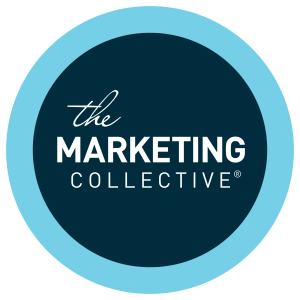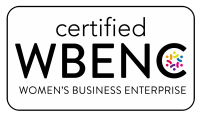In 2021, Email Marketing needs to be strategic. Here’s how.
In Part 1, we discussed why email marketing is still effective. Now we are going to take a look at how to develop an effective strategy for your business. Because email gives you the ability to show up where the customer already is, it becomes a powerful resource to help your brand be nimble and responsive in communicating with an audience that has chosen to hear from you.
Checking email is a part of nearly everybody’s daily routine for both business and personal/leisure content, making it unparalleled as a platform that allows one-to-one communication with your audience. At the same time, people today have raised their expectations and want more from your emails in exchange for their attention. Here is how to build a customer-centric email strategy that brings value to both of you.
How does it fit into your plan?
The most effective marketing strategies adapt, grow, and innovate in response to the changing digital landscape. Email is king, but it is most effective as one element of a more comprehensive and holistic omnichannel marketing campaign. This broader approach enables you to reach your audience with targeted messaging delivered across the platforms appropriate for your brand. This can include digital campaigns with website and social media marketing along with online advertisements, as well as more traditional print and brick-and-mortar avenues. This also creates a seamless and consistent experience for your customer.
What’s in it for you.
Start with setting objectives and goals. What are the benefits of providing the right type of content at the right moment? Maybe it’s helping your business demonstrate thought-leadership. Perhaps it’s showing how well you understand your audience. Or by delivering the right content at the right time, it means converting a lead into a customer. So before you put pen to paper (or fingers to keyboard), set clear goals and objectives so you know what you want to achieve.
- Objectives — What action do you want your audience to take, or what do you need them to know?
- Goals — What does success look like? This could be a high click-through rate from a newsletter or a certain number of conversions from a lead generation campaign.
What’s in it for them?
Now that you have defined what’s in it for you, it’s time to get in your customer’s head and identify what’s in it for them. Ensure that subscribers have a reason to open your emails by delivering authentic, empathetic, and engaging content. Sustain their interest with content that helps them overcome obstacles or succeed in their goals. Keep your focus on the long term, emphasizing building trust in your brand, leading to greater loyalty and lifetime value. This also benefits your customer experience and long-term customer satisfaction from the moment they enter your funnel. Ask yourself questions like:
- Do they need more clients?
- Do they have difficulty finding the right talent?
- Do they have problems they may not be aware that you can help them identify and understand?
In Conclusion,
Once the strategy is in place, the focus becomes execution. Curating content that is purposeful and supports the objectives and choosing the right cadence to optimize goals. Then testing, adjusting, testing, adjusting — you get the picture. In Part 3, we’ll talk about email structure, attention-grabbing subject lines, drafting copy, running deliverability checks, and monitoring results.

